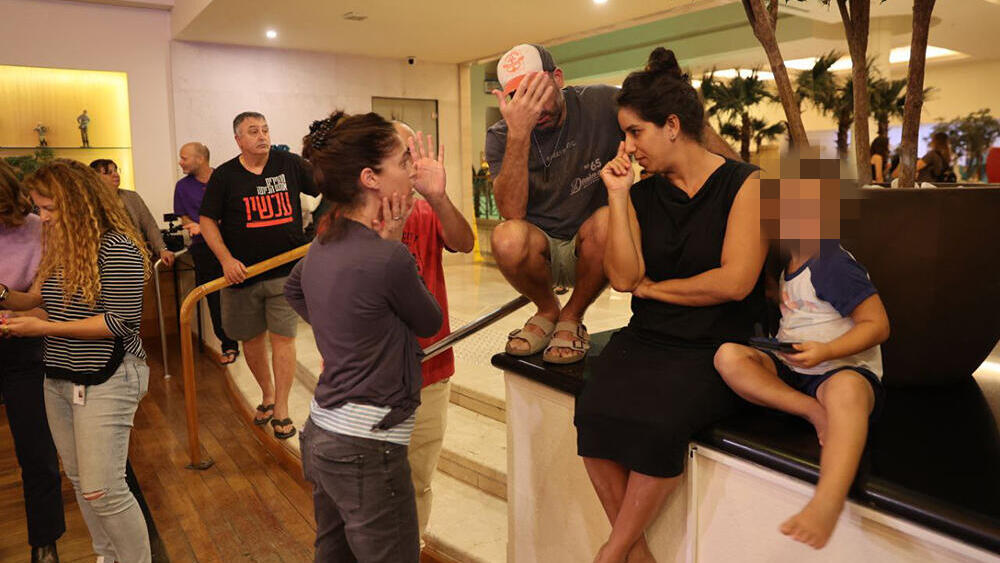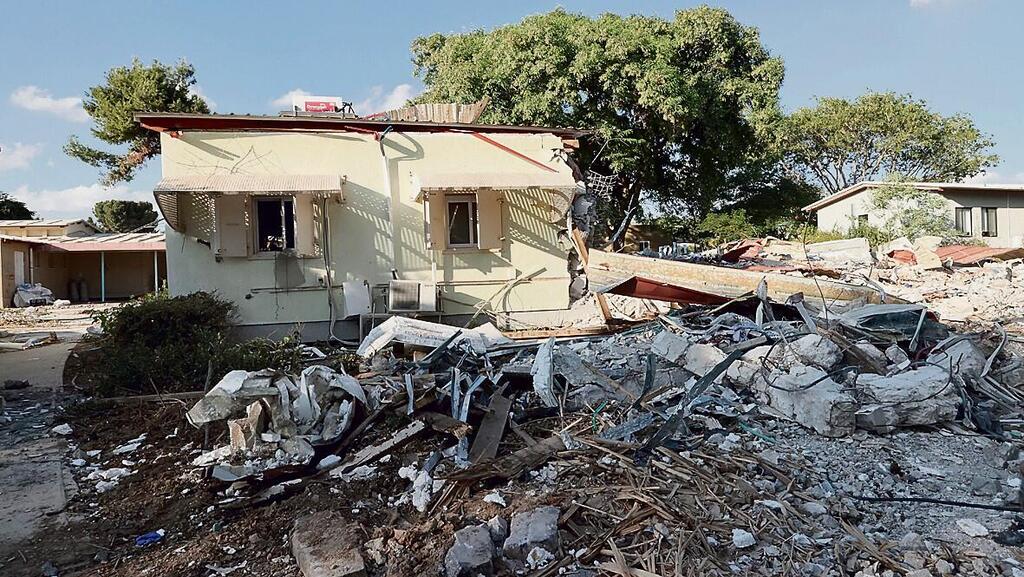Amid the ongoing war in Gaza, 250,000 Israeli residents evacuated their homes. Some 164,000 were instructed or recommended to evacuate under government compensation, and between 100,000 to 150,000 people evacuated without being asked to by the government.
More stories:
February saw a sharp decline in the number of evacuees staying in hotels: at the beginning of the month, 46,000 evacuees resided in hotels, and by March 9, about 29,000 evacuees stayed – marking a 137% decrease. Most of southern Israel’s residents left hotels, and currently, less than 10,000 of them still stay.
These figures come from an internal governmental report written by Israel’s Information and Knowledge Center aimed at supporting the country’s home front in emergencies. The institute is technologically supported by the National Digital Agency. The report details the evacuees’ situation as a result of the war, relying, among other things, on information from the IDF Home Front Command.
According to the report, as of the start of 2024, the government issues evacuation plans for eligible communities in which a total of 127,000 Israelis reside, with the aim of presenting the main trends seen in February and early March, as well as overviewing the current situation in southern Israel - where the government encourages residents to return to their homes via grants.
The report’s main points indicate that most of the evacuees from Sderot left hotels due to the government’s financial incentives and the announcement the school year would open as usual – with schools in the city reaching a 50% attendance rate since the beginning of March.
It also reveals that most Israeli communities within a range of 4-7 kilometers from the Gaza border have returned home, and most towns within a range of 0-4 kilometers from the border are still being housed in temporary means or considered to still be evacuees.
The report’s authors note that some of the evacuees have returned or are planning to return to their homes in the coming months as the security situation in Israel develops. "In communities that were badly affected, a reconstruction administration has operated to establish interim residences, to which the evacuees moved to as a community until they can return to their communities," the report read.
According to the report, most northern residents have yet to return to their homes. The number of evacuees in hotels is gradually decreasing, and currently stands at about 20,000 Israelis. "In our understanding, a significant portion of the evacuees who left hotels joined another community and didn’t return to their towns," the report noted.
Overall, there has been a 63% decrease in the number of evacuees staying at hotels, and an 11% decrease in the number of northern evacuees.
As mentioned, some of the evacuees moved to other communities rather than hotels, so the report writers note, "There’s a difficulty in estimating the number of evacuees who returned to their cities. Based on the current data available, it’s estimated that the total number of evacuees from every city in Israel (excluding the temporary evacuation in Ashkelon) stands at about 127,000 - assuming most of those who left hotels in recent weeks returned to their homes in the south (or to temporary accommodations), this leaves at most about 55,000-65,000 evacuees in Israel."
The report’s authors believe the trend of evacuees leaving hotels could also mean more of them are returning to their communities across the country. However, this is likely also influenced by the integration of children into existing frameworks in the cities they were evacuated to, and it is possible that some chose to wait until the end of the school year to leave.
The report noted that more reliable information is expected to be delivered in the future via reports from the Education Ministry and the Sderot municipality. Currently, the average student attendance in the city stands at 55%-60%, with 40% in special education.
The report details information on Israeli communities whose residents moved to temporary accommodations, saying it was decided that some of them would stay there for an extended period of over a year, as well as communities where a temporary solution has been agreed upon with the government but has yet to take place - such as kibbutzim that lost many of their members in the October 7 massacre, like Be’eri.
The kibbutz community agreed with the government’s plan to establish a temporary settlement for them in the western part of Kibbutz Hatzerim. The temporary kibbutz is expected to cover an area of 200 dunams and hold 250 housing units, with plans for residents moving in throughout July.
Kibbutz Kfar Aza’s community, whose 72 of its members were murdered and 18 were abducted on October 7, is expected to move to temporary housing in Kibbutz Ruhama. Residents are expected to be moving in during November – over a year after October 7.







